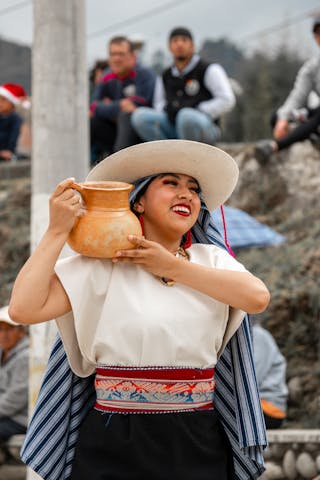Can you draw a map of your bioregion? A bioregion is defined by its water, landforms, mineral deposits, altitude, weather patterns, animal communities, plant communities, birds and insects. Geography-- not political boundaries-- defines a bioregion.
Peter Berg began developing bioregionalism 50 years ago. To create a sustainable society, he encouraged people to "re-inhabit" their natural environment. He'd give everyone a big sheet of blank paper and ask them to mark north on it. He'd invite people to locate their watershed, draw its boundaries and the creek or river that defines it. Then, he'd say, "Draw your home on the map."
People became aware of their relationship to water.
Internet searches can answer bioregional questions-- but why deny yourself the fun of asking your neighbors?
Watershed questions
1. When does your rainy season begin? When does it end? On average, over the last 25 years, how much rain fell each year? How much rain fell in your area last year?
2. In your region, where does rainfall go? Include underground aquifers and surface drainage from your region to the water's final destination-- i.e., the ocean.
3. Trace your drinking water from
precipitation to treatment to your tap to groundwater.
4. Where does your
kitchen and bathroom wastewater go? How is it treated?
5. How much water does your household consume per month? How much water goes to laundry, bathing, dishwashing, gardening, air conditioning?
6. How much water does your town or city use each month?
7. Is your water utility publicly or privately owned? What percentage of households have a well?
8. What percentage of your bioregion's water goes to households? to manufacturing, farming, golf courses, mining operations, extinguishing fires, to cooling data servers?
Next Page 1 | 2 | 3 | 4 | 5 | 6
(Note: You can view every article as one long page if you sign up as an Advocate Member, or higher).






